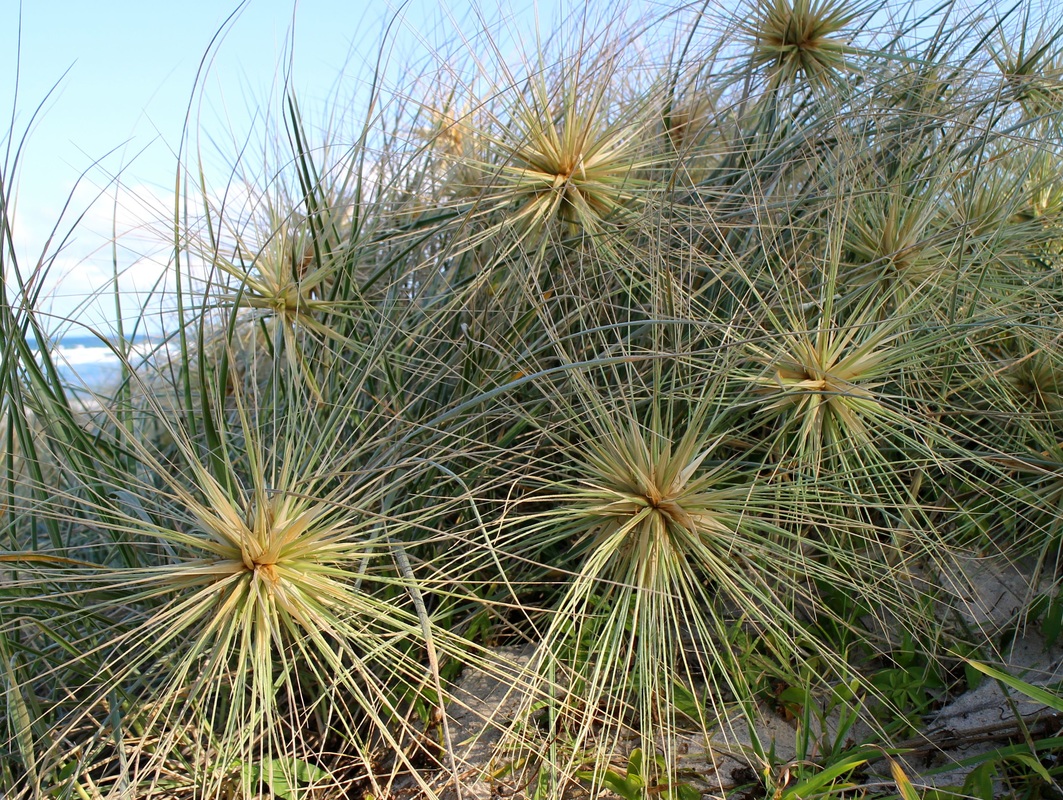Galah time on Seven Mile Beach!
It’s quite an unusual spectacle - an annual event eagerly awaited by many local beach walkers. And now, with feast preparations almost finalised - we’re anticipating the arrival of our guests at anytime - welcome the Galahs!
Yes - it’s Galah time. They’ve been flocking down to Seven Mile Beach at this time of year, for a number of years now - to feed on the seeds of the Beach Spinifex. It’s a pretty sight, flocks of little pink birds, right down in the sand, tackling the big Spinifex seed heads for a feed. Although this event has been regular in recent times - Galahs haven’t always come to Seven Mile Beach to feed on the Spinifex. In fact, prior to European settlement Galahs were rarely seen east of the Great Divide at all. If you’ve been down to Seven Mile Beach lately, you might have noticed all the Spinifex grass in flower, getting ready to make seeds for the Galahs. There’s stacks of the familiar funky tumbleweed looking flowers and if you’ve been observant, you might have also noticed there’s an abundance of another grass flower there too? Take a closer look in the foredunes next time, the other prolific flower (some might say the less beautiful one) is the male version of the Spinifex flower. Spinifex is what we plant nerds refer to as a dioecious plant, which means that the female and male flowers are born on separate plants. It’s the female plants of the Spinifex grass, which bear the funky tumbleweed seed heads. |
Spinifex seed heads are very cool to look at - but they also serve an important purpose (besides feeding Galahs that is). Their job is to act as vehicles for the species to colonise new areas - they often end up buried by sand, at the very front of dune systems. Once established, Spinifex plants bind loose sand together, and act as the land’s first line of defence against a sometimes angry sea.
The best time to see the Galahs on the beach is early in the morning, keep in mind they’ll only be there while the Spinifex seed is ripe - usually about the time when the seed heads detach from the plants and start tumble-weeding around in the sand. Published in Lennox Wave, November 2015
|
Landcare Australia is proud to acknowledge Aboriginal and Torres Strait Islander Peoples as the Traditional Custodians of the Country on which we live, volunteer and work. We value and respect their deep and continued spiritual and cultural connections to the land, waters and seas, and pay our respects to their Ancestors and Elders past, present and future.
Lennox Head Landcare would like to acknowledge the following organisations for their support
Lennox Head Landcare would like to acknowledge the following organisations for their support




